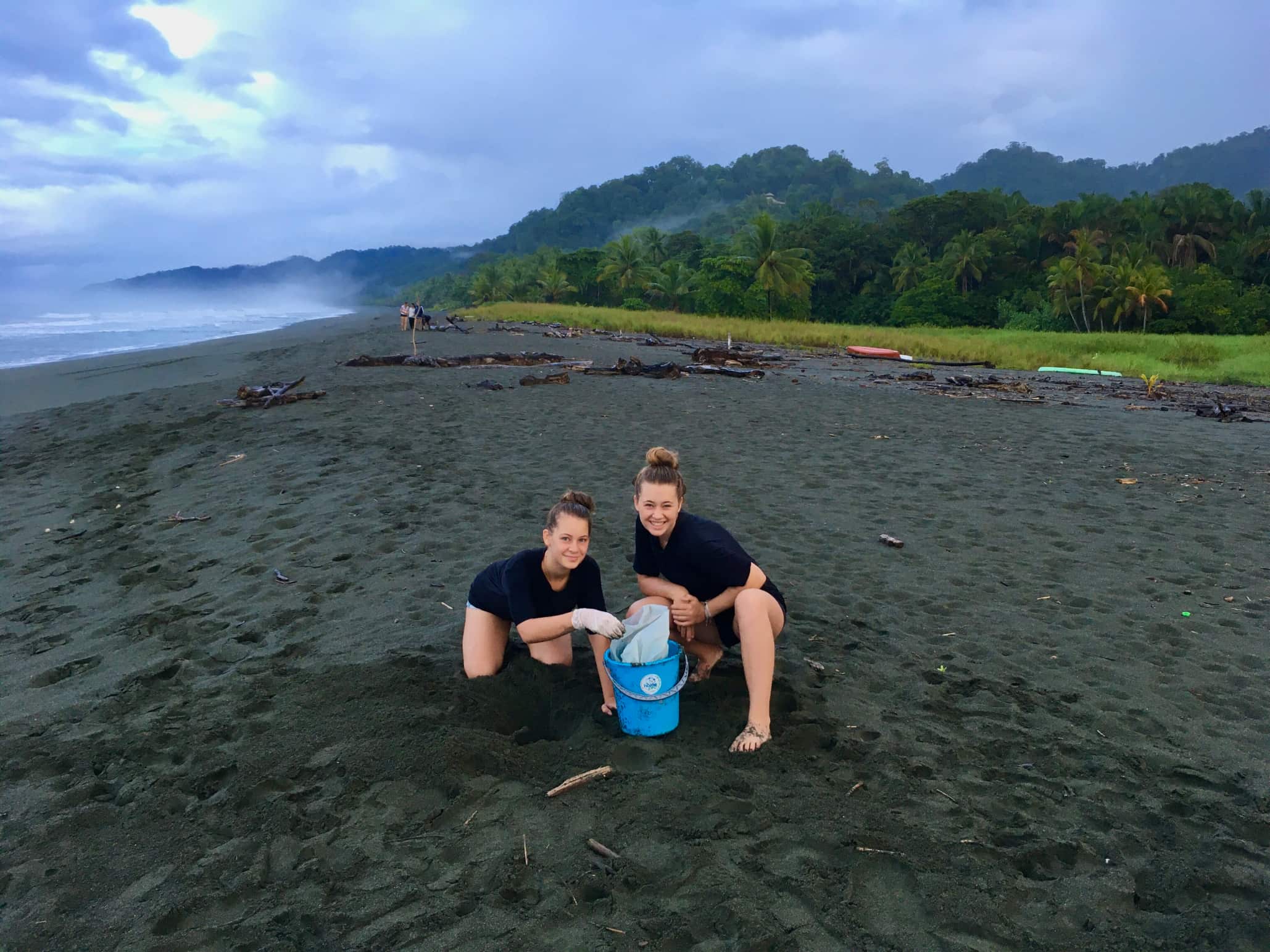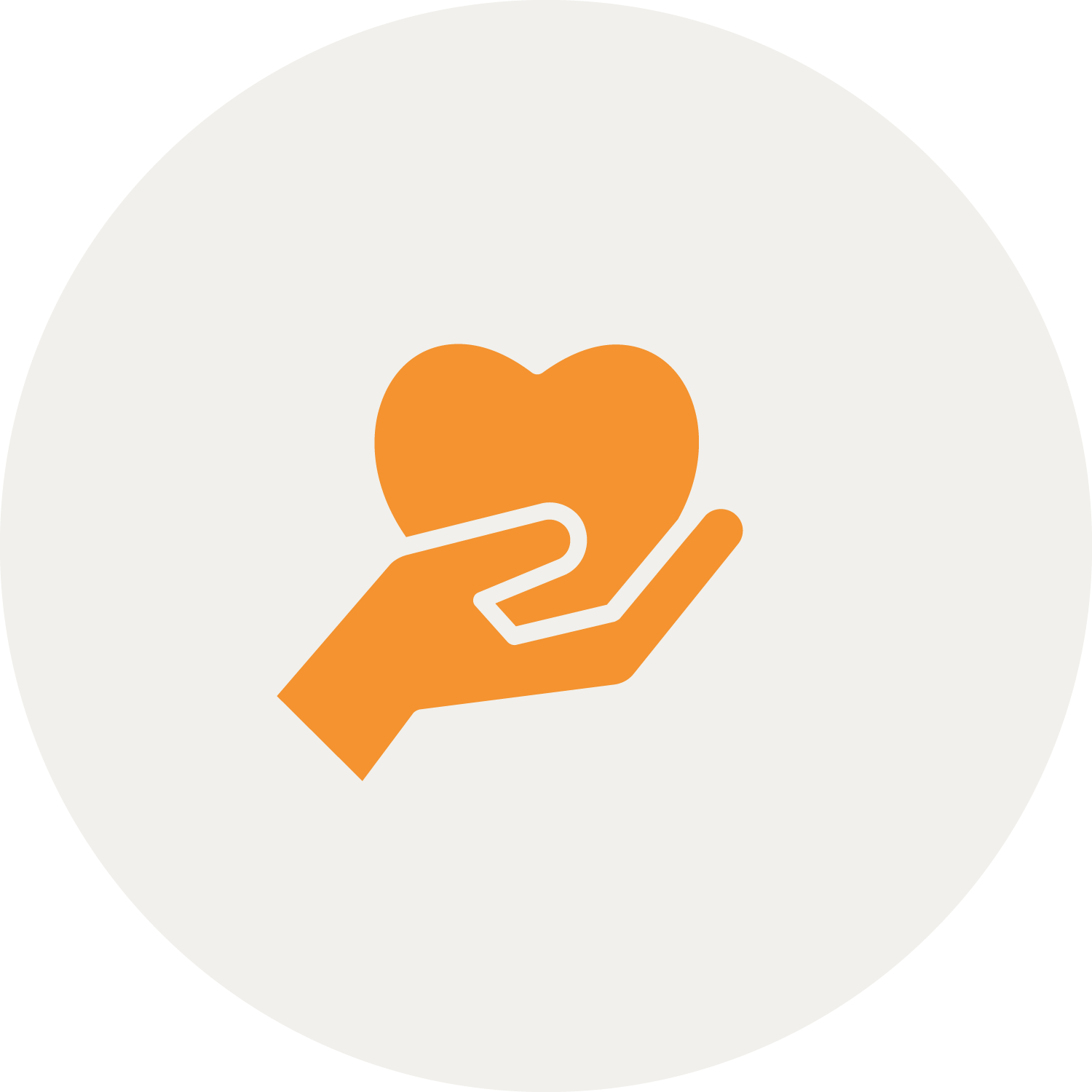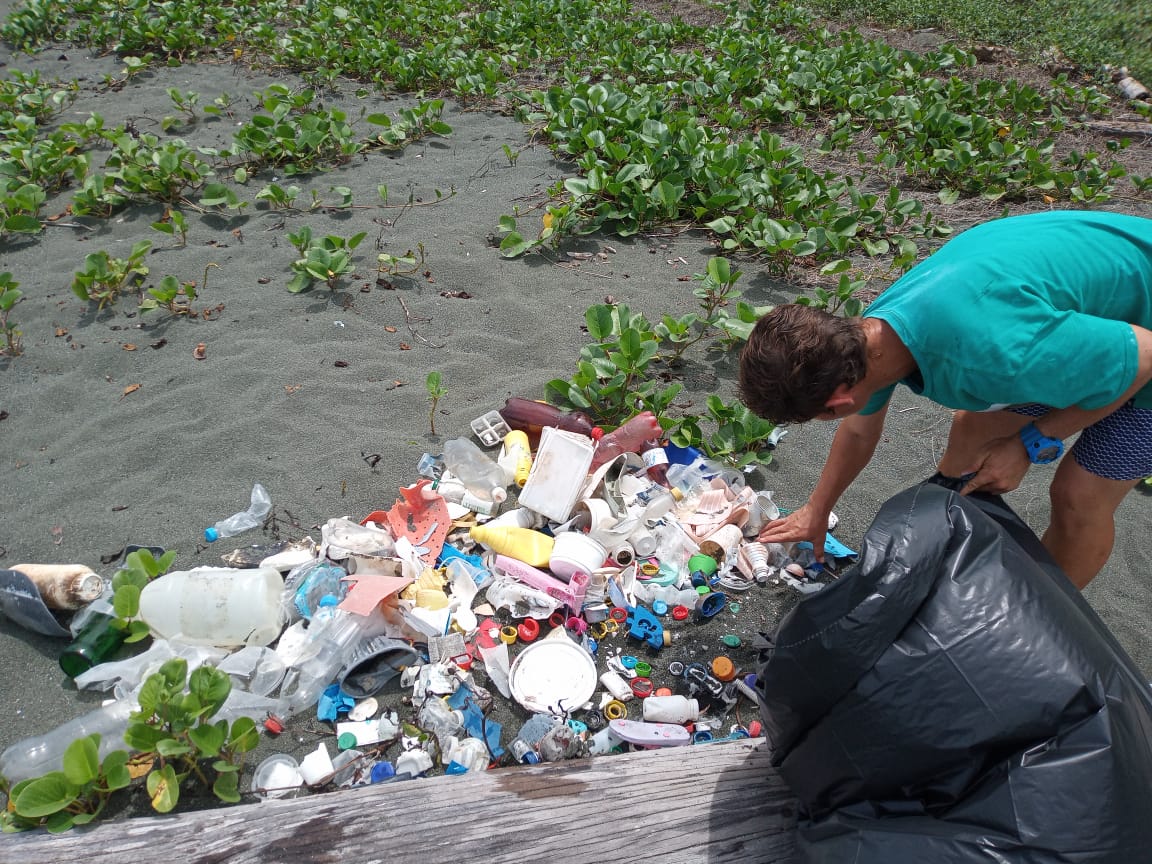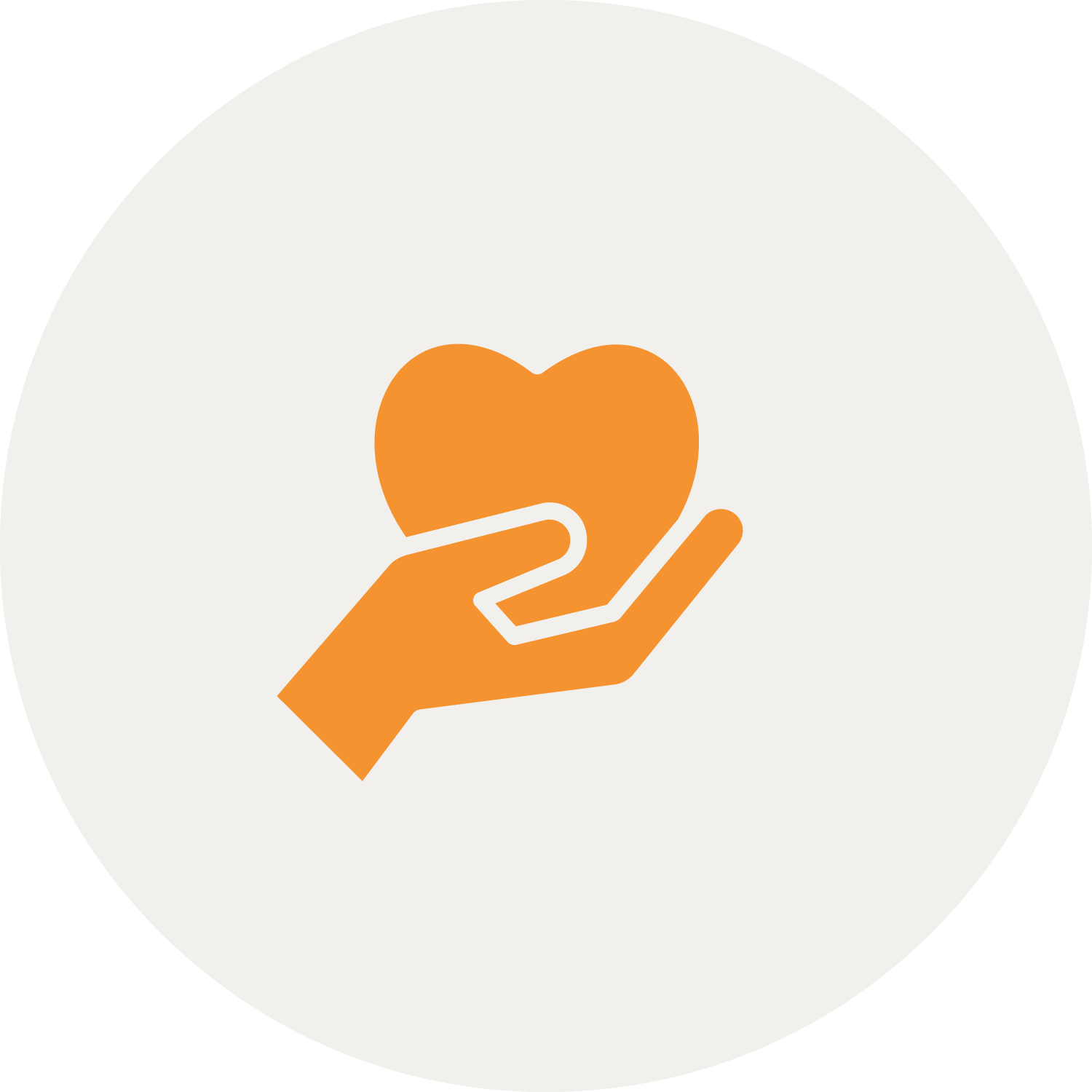Programmes
Turtle Conservation
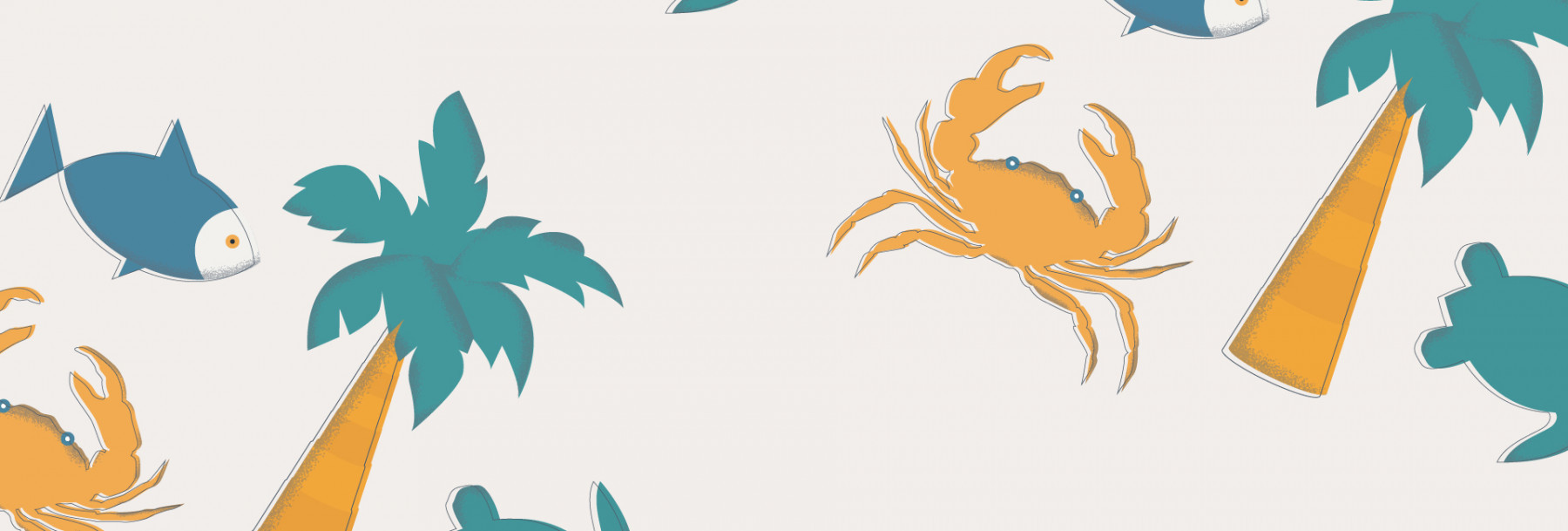
7000
nests monitored each year
10
km beach patrolled on the Osa Peninsular
5
% of the world biodiversity
Important Information

Start Date
All year round
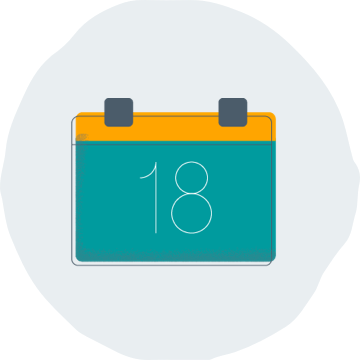
Duration
2 weeks - 12 weeks

Living Costs/Day
Accommodation £12, Food £10, Transport £7
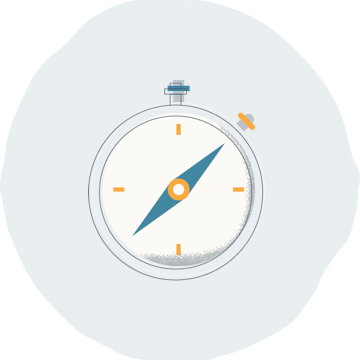
Minimum Age
18+ Years
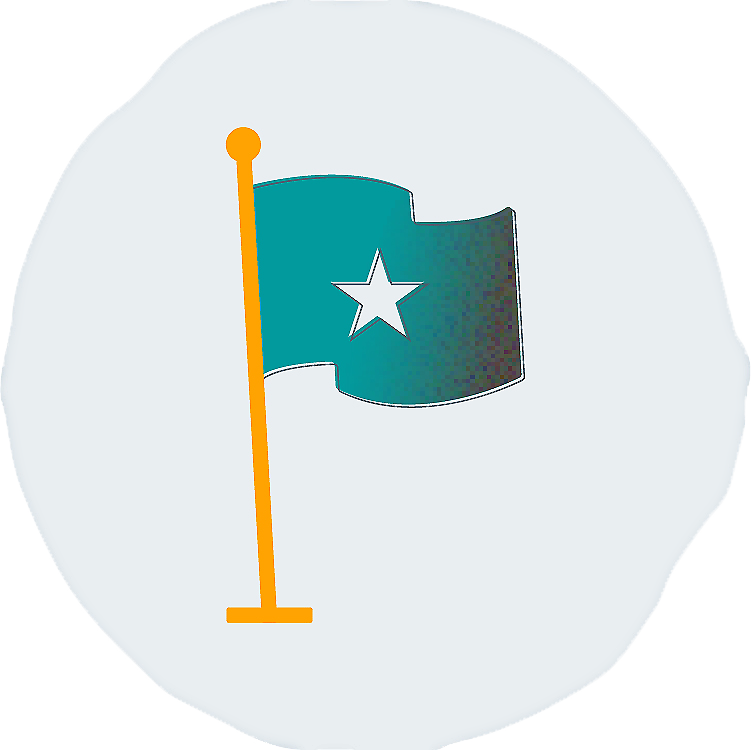
Destination
Costa Rica
Overview
Turtle Conservation
Working with local Costa Rican partners, our Sea Turtle Conservation programme has developed a number of sustainable projects that make a real impact on the Pacific coastline. At the forefront of pioneer research for Sea Turtle nesting in Costa Rica you will help monitor and collect data on the Osa peninsular. Living in the rainforest on the edge of the Corcovado national park you are truly immersed in nature with 5% of the worlds biodiversity found here!

Project
Turtle Conservation
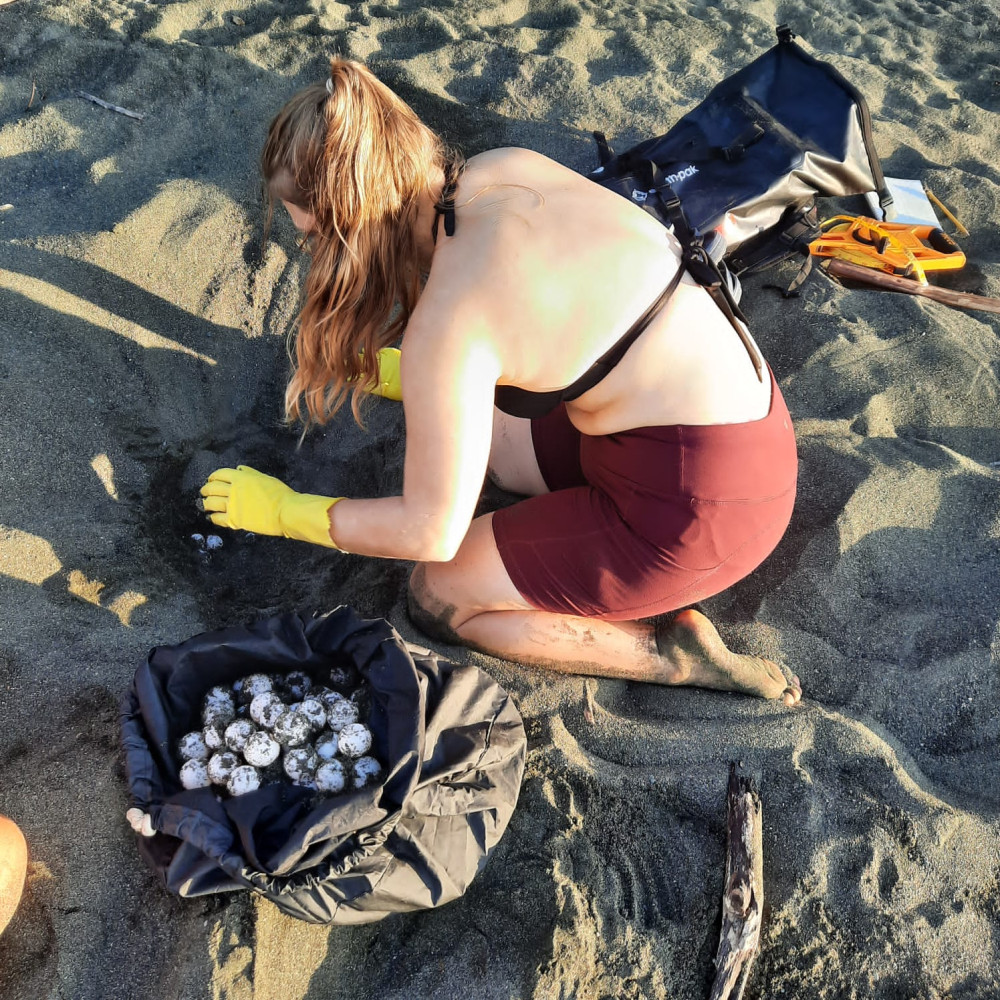
Overview
Our mission is to protect local ecosystems and its biodiversity! In Costa Rica, our focus is sea turtle conservation in the rural areas of Carate, Osa Peninsula in and surrounding the beaches of Carate, Pejeperro and Rio Oro. Here is home to some of the most important turtle nesting beaches in the Pacific.
Unfortunately, predation and poaching remain a threat to turtle nests however our efforts and monitoring can help assess the impact and attempt to mitigate issues. Morning and evening patrols monitoring the nests, flipper tagging and nest relocation along with working together with the local community contributes to the protection of the ecosystem.

Short-Term
1

Protect new nests
To prevent nest destruction some nests need to be relocated into the ‘Goldie locks’ zone where the risk of flooding and predation is at its lowest.
2

Monitor and record nest data
Building data sets of new, hatched and destroyed nests as a source for our pioneer research efforts.
3

Preserve our beaches and its ecosystem
Preserving the beaches that have been allocated to us to patrol and protect, maintaining them in their natural state by removing any human debris that could pose a threat to wildlife.
Long-Term
1

Change IUCN status to 'Least concern'
Classified by IUCN the Pacific Green is currently endangered, and Olive Ridley is vulnerable. We aim to eventually change this population status to ‘Least concern.’
2

Preserving the Osa pennisular
Preserving the Osa peninsular and its biodiversity; boasting wildlife population, preventing beach and rainforest degradation and managing a healthy ecological system for the future.
3

Raising conservation awareness
Promoting conservation awareness in the both the local and international community teaching the importance of these ecosystems.

Project
Night time beach patrols
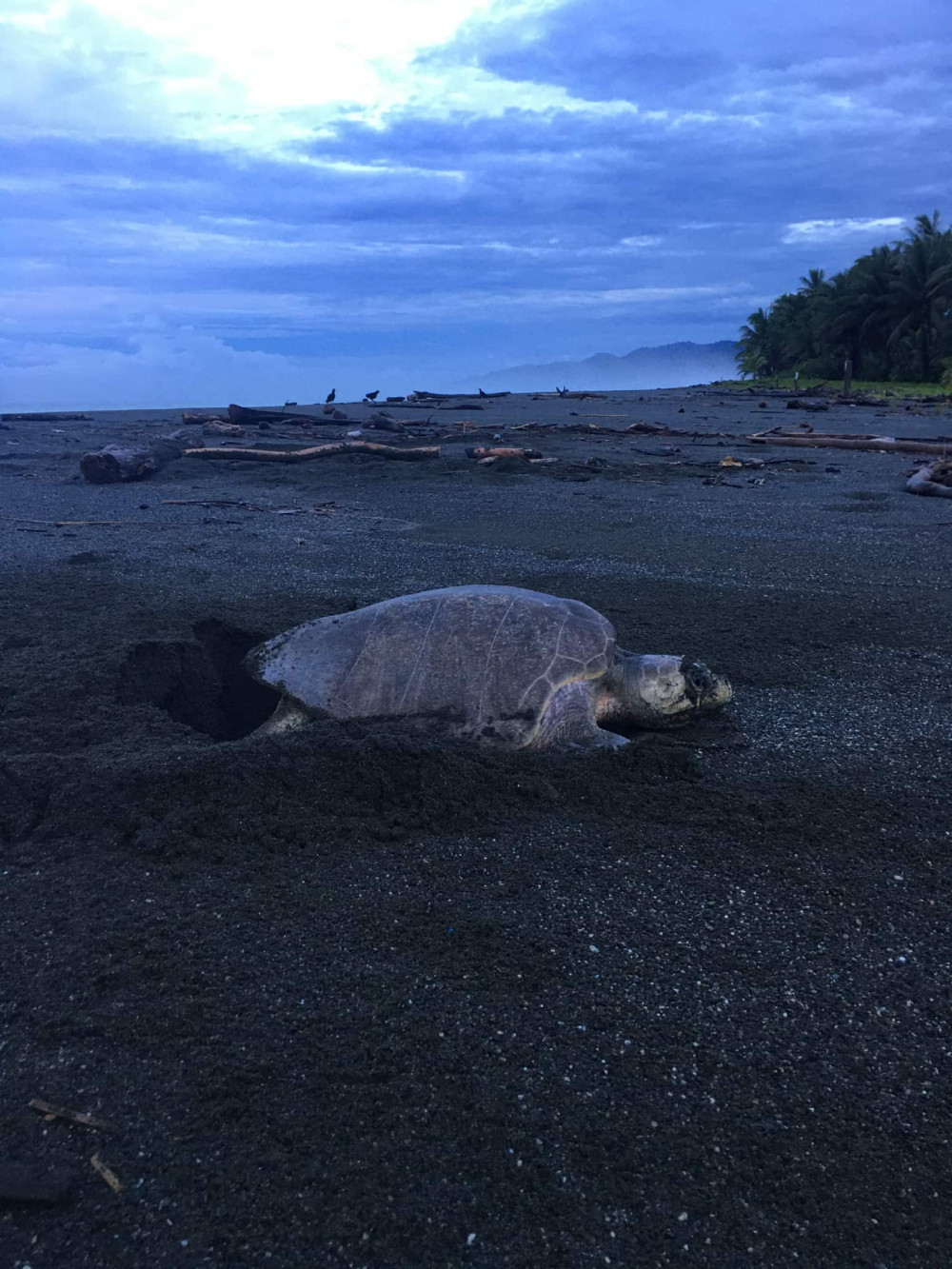
Overview
The objective is to collect quantitative data on female Green Turtles (Chelonia mydas) and Olive Ridley Turtles (Lepidochelys olivacea) nesting on our beaches. Volunteers will be on the look out for new Turtle tracks and nesting females. Lead by local experts, volunteers will assist in collecting biometric data of the nesting turtles and flipper tagging to help with future data collection! The optimum time for night patrols is between 21:00 and 2:00am, as nesting activity is usually highest during these times.


Project
Morning beach patrol
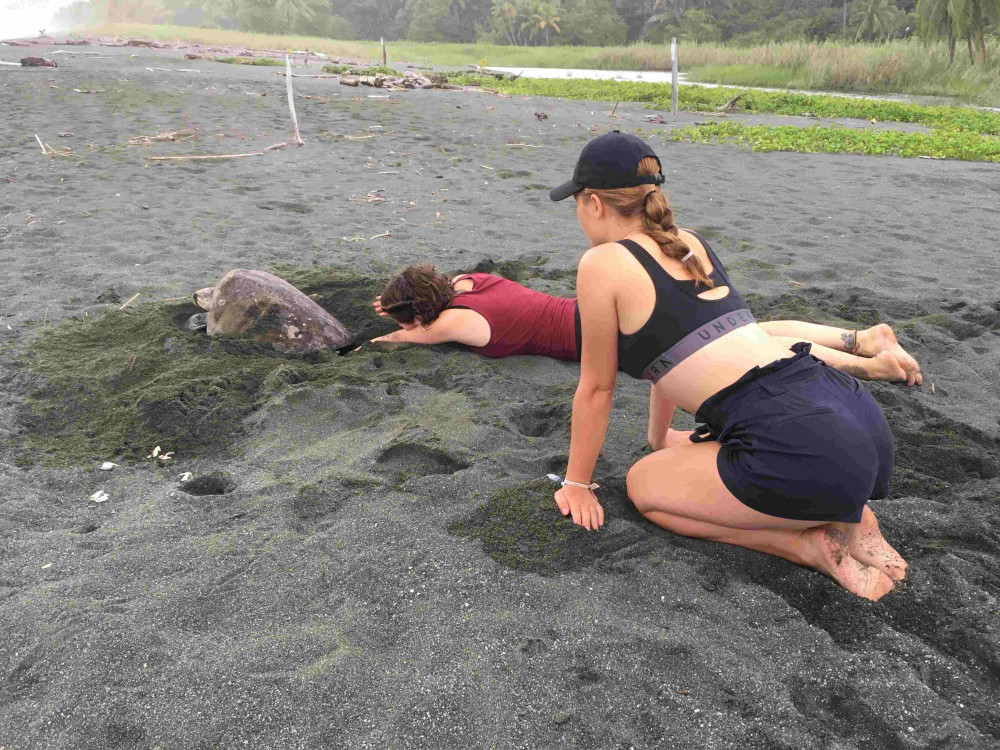
Overview
Kicking off at 5am, the objective of a morning beach patrol is to report on the activity of turtles not recorded the previous night and to collect data on predation events at both new and older nests. Volunteers will help in the relocation of nesting sites that are at risk of being washed away by rivers and tides, with priority being given to green turtle nests. Marked nests that are close to the hatching date will be checked and those with a hatching date within the previous 48 hours will be exhumed.


Project
Turtle Tagging
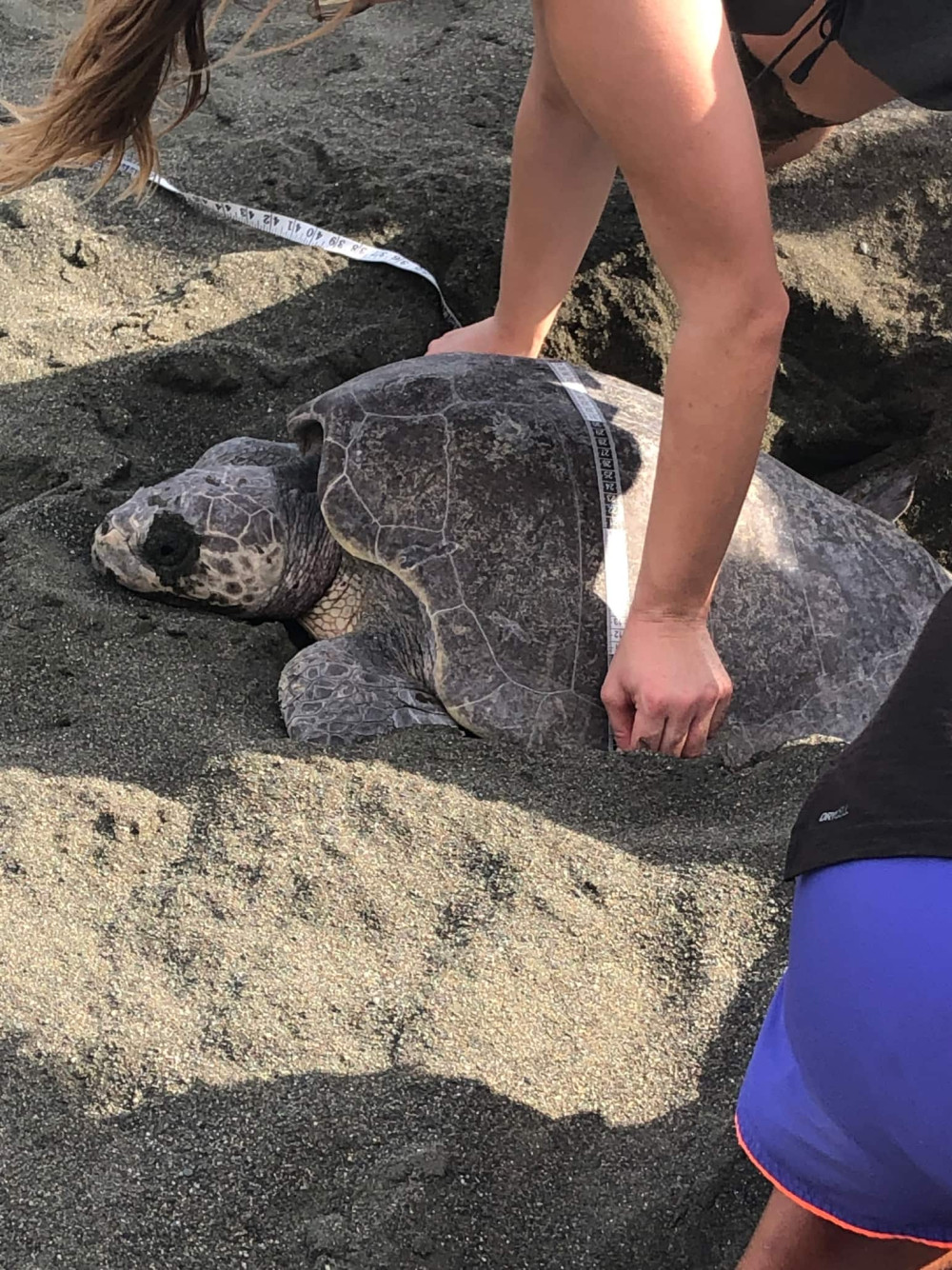
Overview
Subsistence is vital for the Costa Rican turtle populations to thrive. Therefore, we are keen for volunteers to support this scheme. Volunteers will watch as conservation officers mark the turtles with metal tags in each fin. These can help the individual tracking of each turtles movements and nesting patterns. This data will be accessed by the team ready for manipulation to help future turtle populations.


Project
Beach clean ups
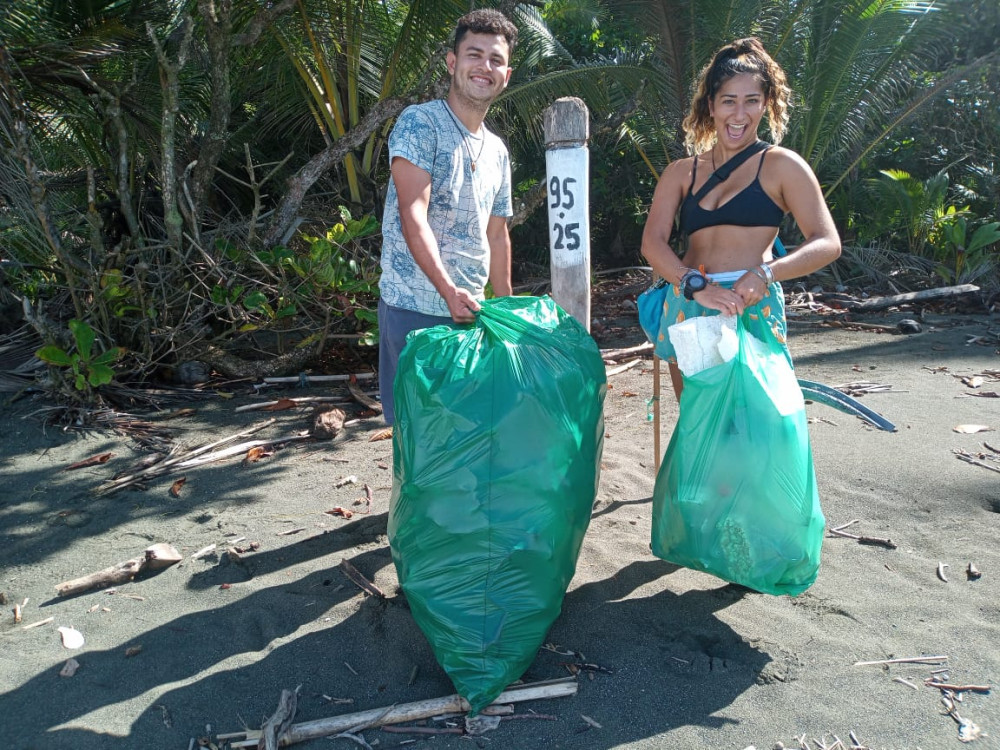
Overview
The Beach clean-up project aims to restore and protect beaches and coastal rivers which are important habitats to the marine life along Costa Rica's coastline. Plastics and other debris are hazardous to marine life such as turtles that ingest plastic bags mistaking them for jellyfish. By keeping these areas litter-free we can help protect the local wildlife and take a small step in battling the plastic pollution crisis. All litter is sorted into its recyclable elements and is then taken to collection points to be broken down and reused.


Project
Plastic upcycling
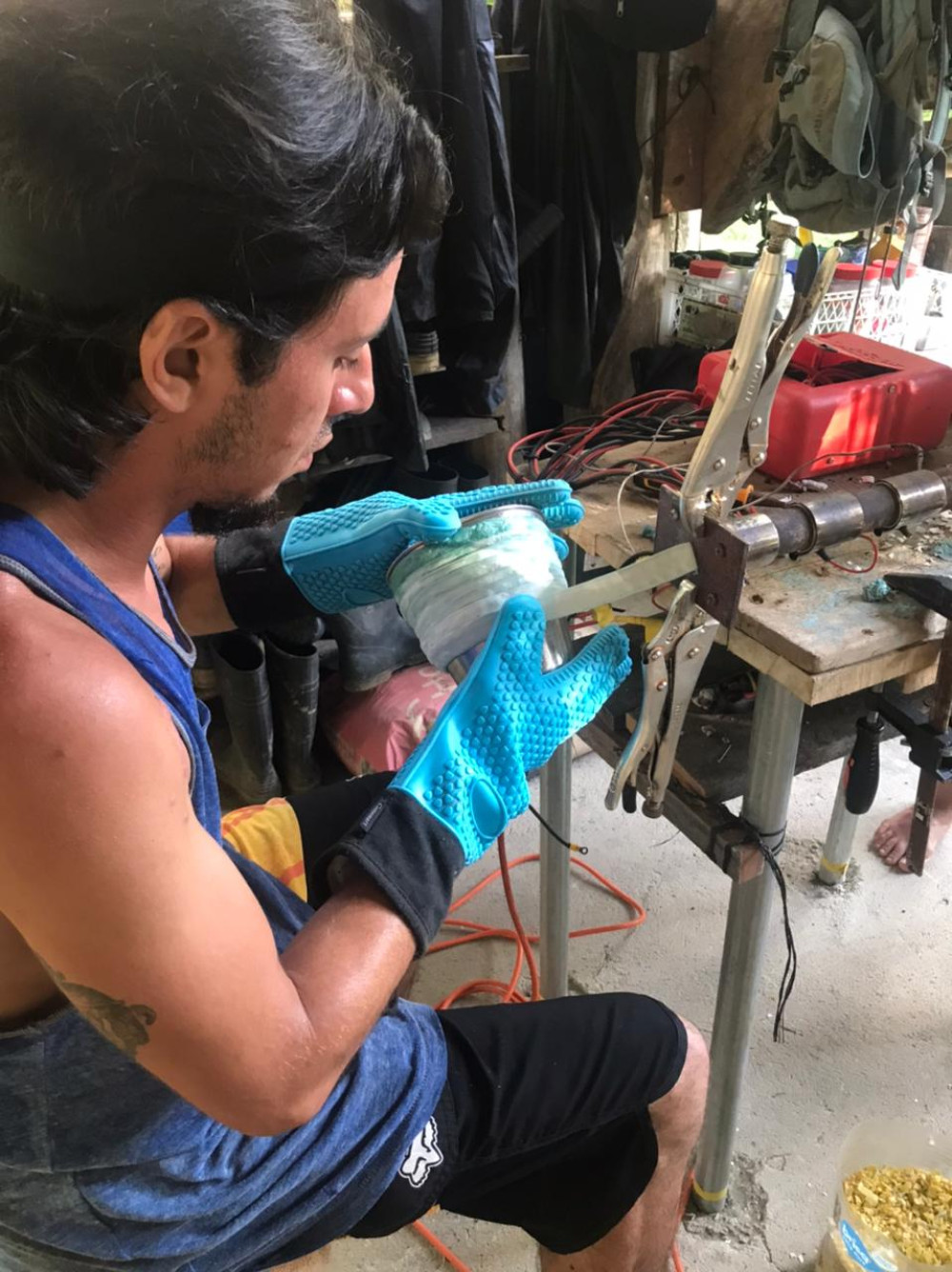
Overview
Transforming plastic waste materials from the beaches into new materials of better quality and environmental value such as unique jewellery. This project helps to clean our oceans and further, creates fun, wearable statement pieces. Making jewellery out of plastic raises awareness of plastic pollution and shows that undesirable material can be reclaimed and transformed into something that is precious and valuable.


Start Your Adventure

